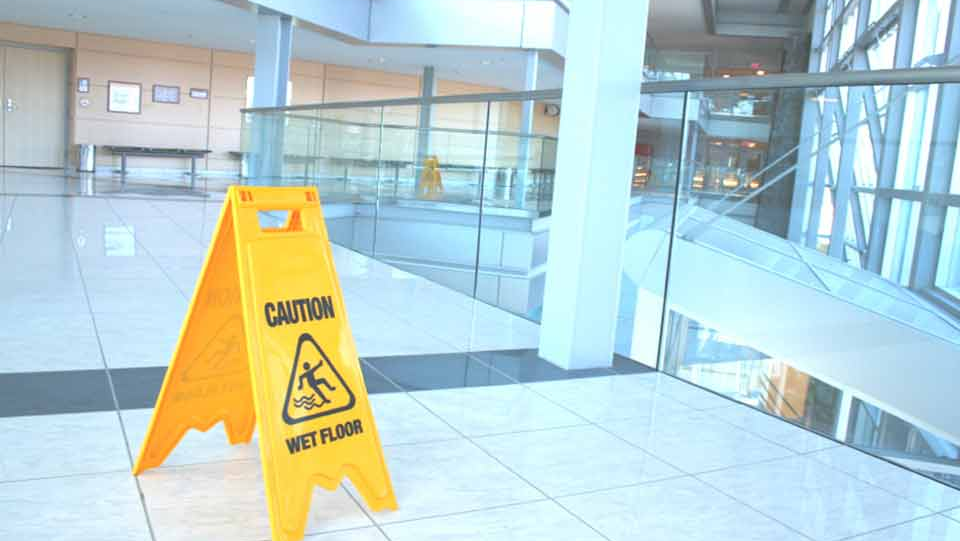3 Ways Banks, Credit Unions and Other Financial Institutions Manage Casualty Risk


Financial institutions like banks, credit unions, insurance companies and asset managers operate in a unique risk environment in which their executives and risk managers are analyzing risk from numerous angles. Not only must they account for common business liabilities that could arise from their operations like employment practices and cyber risks, but they should also consider risks related to on-premises security, business auto usage and property management. These risks have the potential to cause a large loss that exceeds the coverage limits of primary insurance policies, highlighting the need for excess liability coverage.
To help protect their business, risk managers should be mindful of these areas when creating a robust insurance program:
1. Premises exposures. Any business that occupies office space or maintains brick-and-mortar locations must be aware of liabilities that can result from on-site accidents. Banks and credit unions with retail facilities and steady foot traffic, for example, should be especially mindful of controlling hazards related to slips, trips and falls; fire and life safety; and assaults/theft. Potential exposures are not limited exclusively to customers. Safety protocols should also consider the presence of employees and vendors, or anyone else who visits the location.
Financial institutions with walk-in branches face increased risks of robbery, which can threaten the well-being of employees and customers. An insurance program that includes coverage for premises risks can help to protect businesses against legal actions resulting from accidental injuries, while offering risk control resources to help reduce the likelihood of such incidents occurring.
2. Automobile exposures. Financial institutions should examine the liabilities presented from owned and non-owned vehicles, and whether their auto coverage extends to non-owned vehicles. Vehicle accidents happen unexpectedly. While businesses look to reduce the frequency of these occurrences, some growing trends, like distracted driving, warrant specific attention.
Financial institutions with significant auto exposures, such as insurance companies, should be mindful of the risks involved with their owned auto fleets, but also scrutinize rental contracts and policy language that speaks to the business use of employees’ personal vehicles. Management should also be aware of escalating costs associated with bodily injuries incurred by third parties. More frequently, liability claims are eclipsing primary auto limits, and having excess casualty coverage can help protect the institution if it faces a large auto-related loss.
3. Contractual risk transfer program. Financial institutions should have a solid grasp of contractual risk transfer when dealing with vendors. When negotiating terms of a contract, risk managers should work to reposition an appropriate amount of liability, which helps reduce the financial institution’s exposure by having the external vendor assume some contractual liabilities that could result from common disruptions in the business relationship.
It’s critical to include contractual risk transfer as part of a robust risk management strategy, and it’s equally important to regularly ensure all parties are complying with the details of the agreement. Vendors that must carry liability insurance as part of a goods or service contract should have adequate coverage limits that meet or exceed thresholds prescribed by risk managers. Also, a complete list of policy exclusions must be reviewed to identify any gaps in coverage. Such a proactive approach will help all parties to maintain effective business relationships.
Travelers is committed to offering insurance and risk mitigation services to help financial institutions address a variety of exposures. Along with decades of experience working with financial institutions, Travelers has dedicated teams of underwriting and claim specialists with the local knowledge and expertise needed to understand the complexities of the financial institutions industry. Plus, we have earned endorsements from more than 25 state-level banking associations, including the Independent Community Bankers of America (ICBA) – an endorsement we’ve maintained for over 35 years.
In addition to property and casualty coverages, our insurance services include the following management and professional liability coverages:



